When people look back at the results of the British Touring Car Championship event at Silverstone in September 2021, the headline will be an impressive weekend for Rory Butcher, who put his Toyota on pole position and then backed it up with a pair of wins on race day.
However, arguably the biggest story from the weekend was the appearance on track of another Toyota Corolla GR Sport, as the BTCC’s hybrid test car joined the series regulars in the latest stage of the ongoing development programme for the new electrical system that will feature from 2022.
It was back in August 2018 that the BTCC first announced its plan to introduce hybrid technology, before a tender process was opened the following April to determine who would provide a system that would not only spice up the action on track but also ensure that the series remained relevant in the ever-changing wider motorsport landscape. Later that season, Cosworth was named as the company responsible for producing the system. It set to work on the initial design and build and soon the first BTCC car fitted with hybrid technology hit the track to ramp up the testing process.
A 60V gearbox-mounted electric motor complements the turbocharged 2.0-litre engine that has become a fixture of the BTCC and provides drivers with an additional 40bhp power boost that they can use on track over the course of a race weekend.

Track running has been carried out by M-Sport, the World Rally Championship powerhouse that will provide the latest incarnation of the Toca engine that will also come in next year, with a number of drivers – including experienced GT racer Darren Turner and veteran BTCC front-runner Andrew Jordan – taking turns behind the wheel.
“Testing of the hybrid system has gone very well, and we’ve been able to complete a season of running with the car as part of the development programme,” said Neal Bateman, Cosworth’s head of support. “Hitting that mileage was the first target we had, and we’ve achieved that without any major problems and things have run largely to plan.


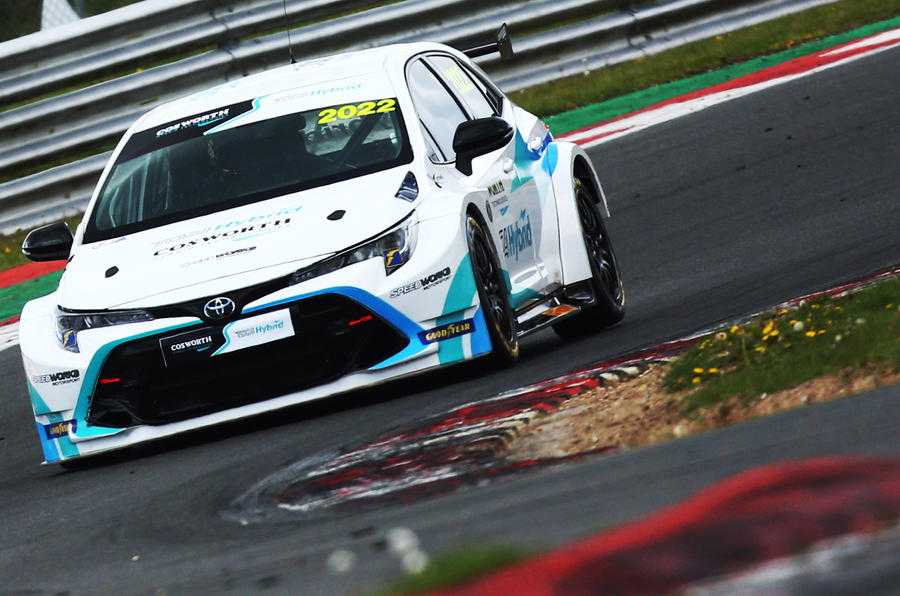
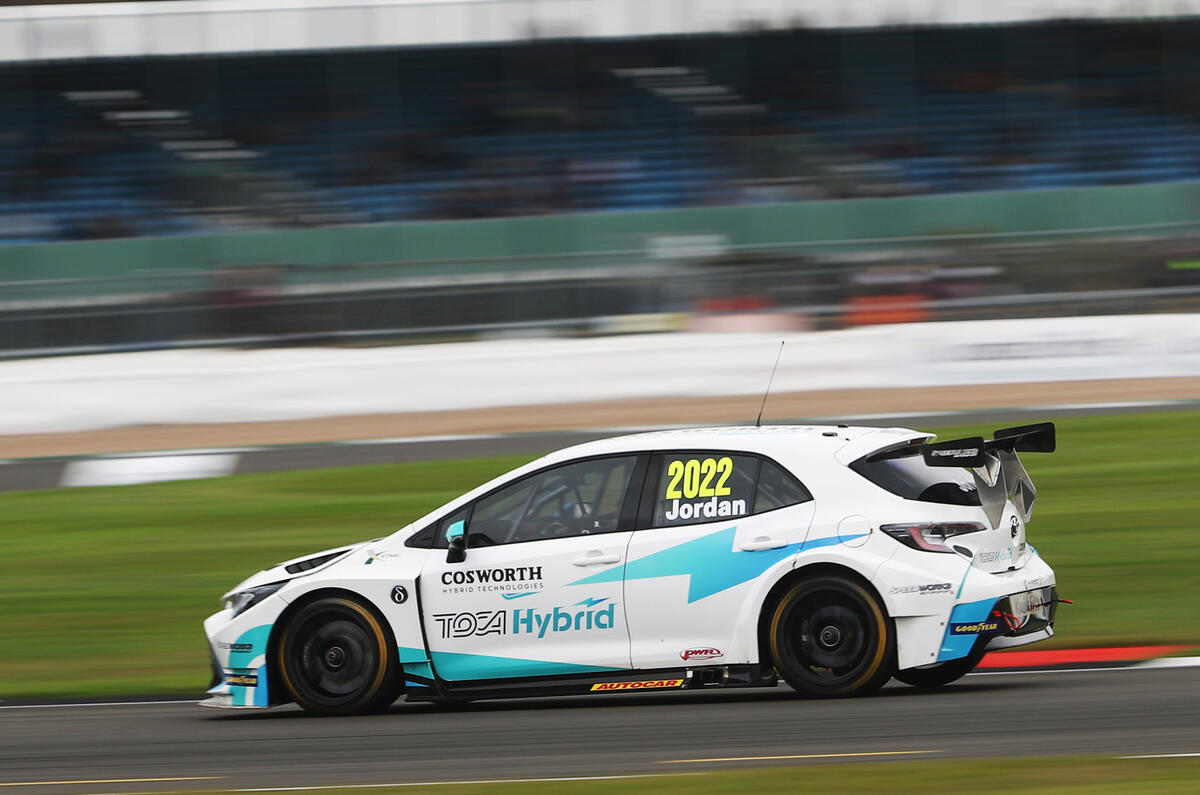








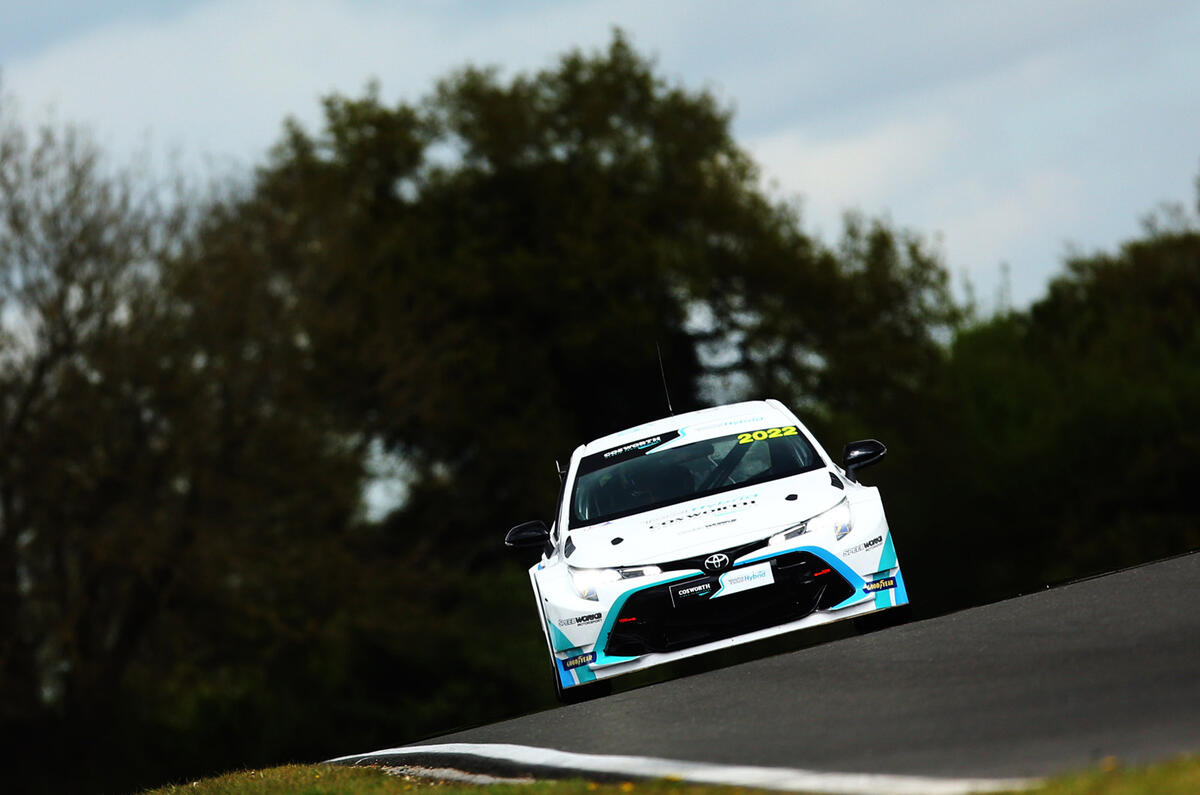

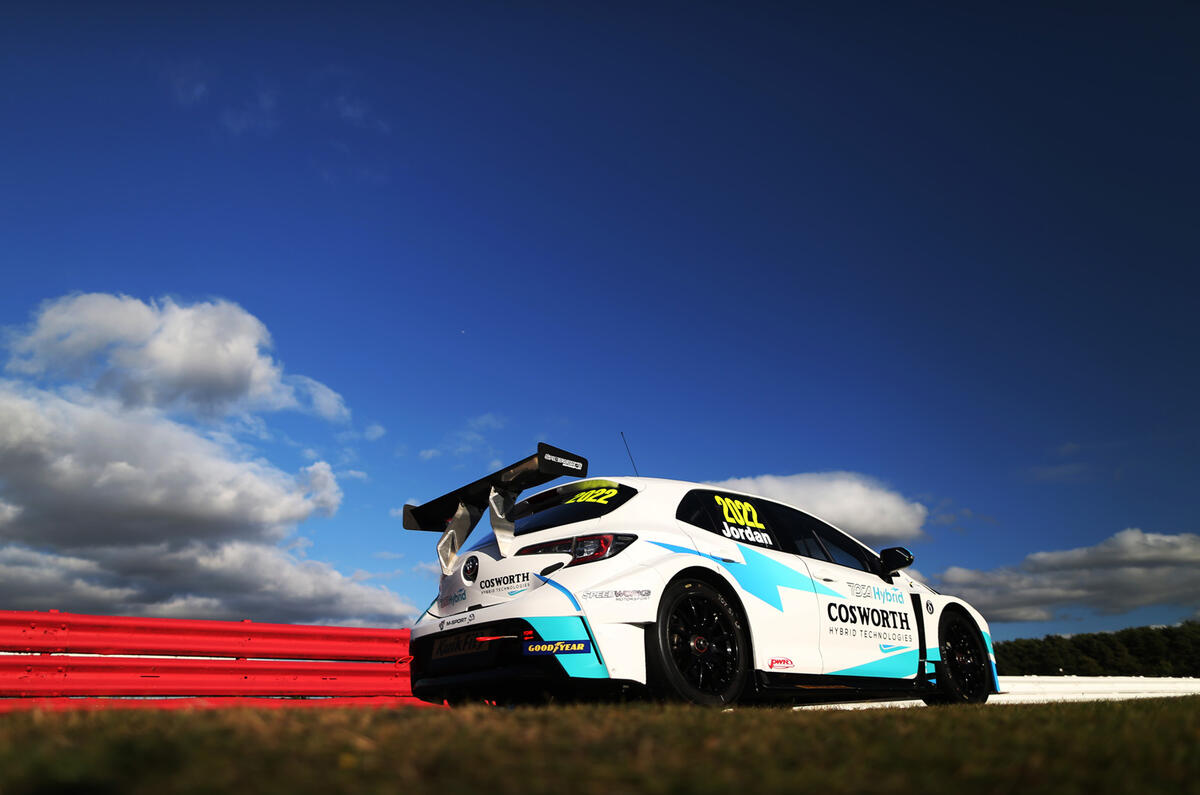
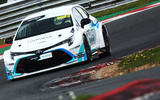


















Add your comment